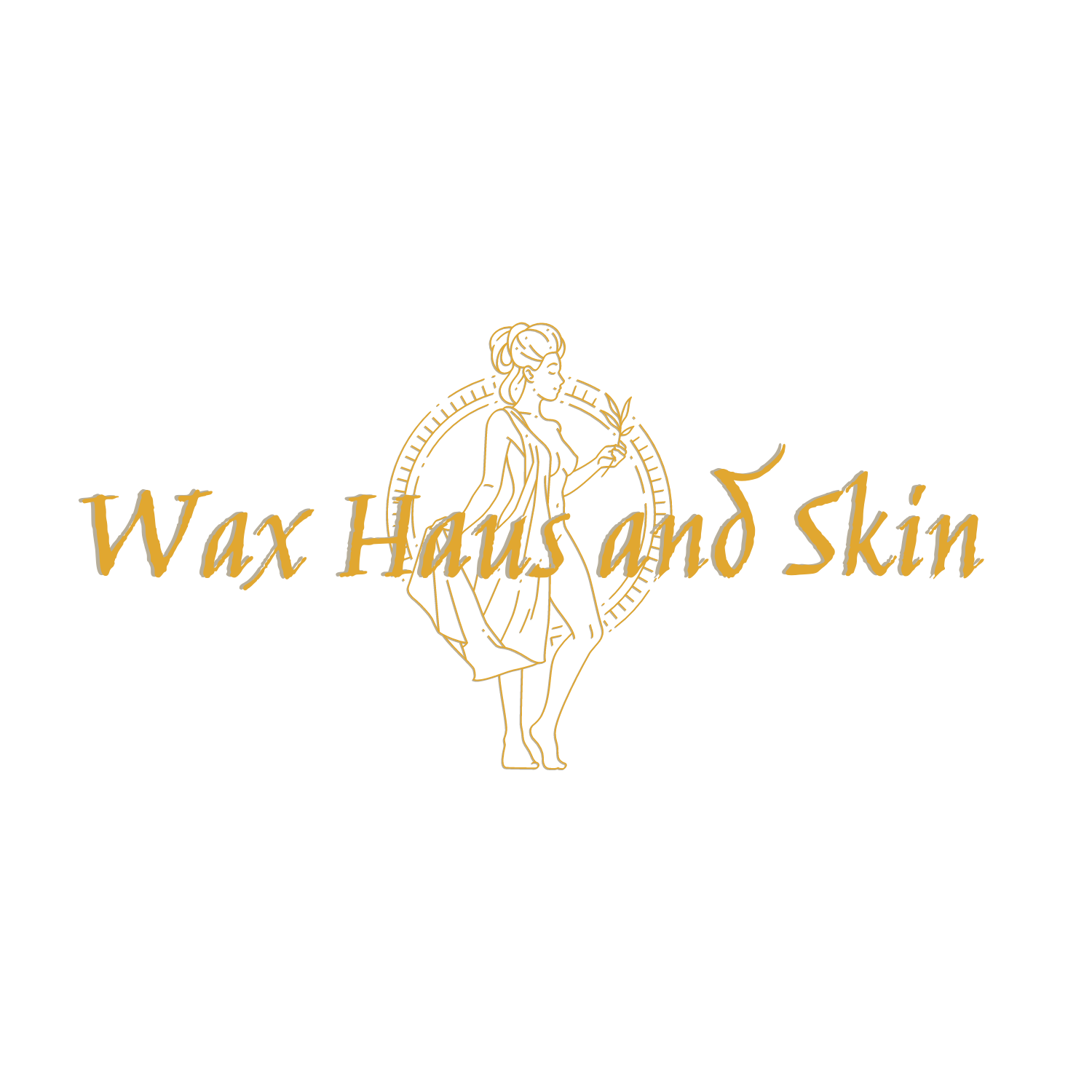Warm weather motivates us to have more outdoor activities; barbecues, beach parties, sunbathing, biking, running and much more. Everybody knows the dangers of long term unprotected sun exposure, but there may still be some lingering questions or misunderstandings. With so many different sunscreens to choose from, it’s hard to know what to look for.
Let’s talk about SPF (Sun Protection Factor). SPF refers to the amount of UVB radiation it would take to burn your skin without protection as opposed to the amount it would take with sunscreen.
Theoretically, let's say you would develop a sunburn after 30 minutes in the sun without sunscreen. With an SPF 15 you would be able to stay in the sun 15 times longer (450 minutes) before getting burned.
Sounds good, right? Well, the problem is that this can be very misleading because there are other factors that come into play; SPF only protects against UVB rays and not UVA rays which penetrate deeper into the skin and if you’re in the sun during peak hours (10am-4pm) you’ll burn quicker. Unfortunately the bottom line is that no sunscreen provides 100% protection.
To be clear, UVB rays are what cause an actual sunburn and UVB rays are known for the aging effects such as wrinkles and leather-like texture. However, both can cause skin cancer.
So, the higher the SPF the better right? Most experts agree that anything over SPF 30 offers only a marginal increase in protection. Here’s the breakdown: SPF 15 blocks 94% of UVB rays, SPF 30 blocks 97% and SPF 45 blocks 98%.
Why not just go for the higher SPF anyways, to be safe? Well, actually it’s NOT safe. You’re exposing yourself to more harmful chemicals without a real benefit or more protection. These chemicals can trigger allergic reactions, cause tissue damage, disrupt the endocrine system leading to hormonal disruption and cause cancer.
A couple of ingredients to watch out for are Retinyl Palmitate and Oxybenzone. Oxybenzone has been linked to hormone disruption and cell damage that may lead to skin cancer and Retinyl Palmitate can speed the development of cancerous lesions on sun-exposed skin. For more information and references click here.
When you see other’s using these high SPF products, especially mothers using them on their kids, please take some time to educate and inform them about the dangers.
With so much emphasis on sunscreen’s protection against sun cancer, it’s easy to forget the anti-aging benefits as well. A study published a few years ago by the Annals of Internal Medicine, found that those who wore a broad spectrum sunscreen daily demonstrated 24% less skin aging than those who wore it more sporadically.
For a dramatic example of how the sun ages our skin, check out this photo of a truck driver who has spent 28 years on the road.
For a dramatic example of how the sun ages our skin, check out this photo of a truck driver who has spent 28 years on the road. http://www.cbsnews.com/news/trucker-accumulates-skin-damage-on-left-side-of-his-face-after-28-years-on-the-road/
What to Look for in a Sunscreen
Broad Spectrum coverage that protect against both UVB and UVA rays
Water Resistance
Zinc Oxide or Titanium Dioxide. Repel sun rays away from skin, instead of absorbing them. Also a good choice for those with sensitive skin or prone to breakouts
Mineral Makeup products contain Titanium Dioxide which makes it an ideal product for all skin types. Plus it’s water-resistant
How To Sooth Sunburns
Here are some helpful tips if you do happen to get sunburned:
Take a cool bath: add a couple of tablespoons of baking soda and remember to moisturize after
Apply Aloe Vera gel
Apply lavender essential oil
Be sure to drink plenty of water
Soak a cloth in cool whole milk and apply to sunburn for 20 minutes
So there you have it -everything you need to know before you go out and enjoy the weather!
Sources:
Daily Sunscreen Slows Skin Aging, Even in Middle Age:Study. Retrieved from CBS news website: http://www.cbsnews.com/news/daily-sunscreen-slows-skin-aging-even-in-middle-age-study/
Dermatologists Answer Burning Questions About Sunscreens. Retrieved from Skin, Inc. website: http://www.skininc.com/treatments/suncare/Dermatologists-Answer-Burning-Questions-About-Sunscreens--208877321.html?page=1
Sunscreens Explained. Retrieved from SkinCancer.org website: http://www.skincancer.org/prevention/sun-protection/sunscreen/sunscreens-explained

